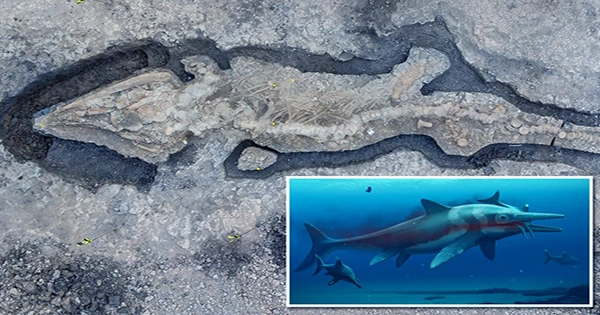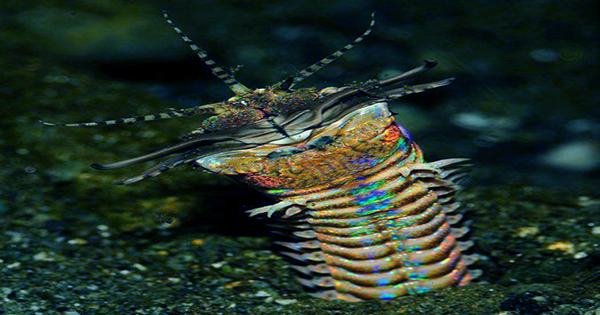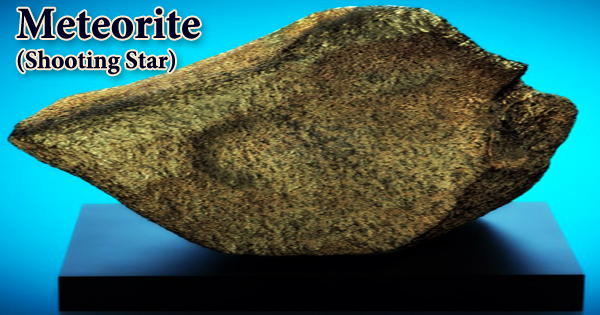The remnants of a real-life sea monster have been unearthed beneath the Jurassic clay of England’s East Midlands. It either a legendary creature or a misidentified squid, but the most spectacular ichthyosaur fossils ever discovered in Britain. Joe Davis, Conservation Team Leader at Leicestershire and Rutland Wildlife Trust, discovered the 180 million-year-old ichthyosaur fossil during routine draining of a lagoon island in Rutland Water in February 2021. A team of paleontologists uncovered the delicate bones in August and September 2021, and their discoveries were only recently made public.
The ichthyosaur fossil claimed to be the largest and most complete example of the ichthyosaur fossil ever unearthed in Britain, measuring 10 meters (33 feet) from snoot to tail. The skull alone is massive, measuring more than 2 meters (6.5 feet) in length and weighing just under a tonne. Dr. Dean Lomax, a paleontologist, and world-leading ichthyosaur expert, said in a statement, “It is a genuinely remarkable discovery and one of the finest finds in British palaeontological history.”

“To put this find in context for the general public, it’s like discovering a full Tyrannosaurus rex out in the Badlands of America, only this Jurassic giant was discovered in a nature reserve in Rutland, of all places!” It took a lot of effort to analyze and excavate the fossil. The fossil’s recovery and collection necessitated a great deal of knowledge and 14 days of fieldwork.
Previously, the researchers had painstakingly detail the bones using thousands of images and a process called photogrammetry to construct a 3D model of the specimen. Dr. Lomax and his colleagues will continue to work on the project, with the goal of publishing scholarly articles on the amazing discovery in the near future. In the early 1800s, English scientist Mary Anning made the renowned discovery of ichthyosaurs. From roughly 250 million years ago to 90 million years ago, the creatures sailed the Earth’s waters before becoming extinct. Jurassic clay samples taken near the newly discovered fossil suggest the animal lived between 181.5 and 182 million years ago.
Do not ever refer to them as dinosaurs (unless you want really annoy paleontologists). Although some ichthyosaur species lived during the Triassic, Jurassic, and parts of the Cretaceous periods, this group of ancient marine reptiles is distinct from dinosaurs. They said to have descended from a group of terrestrial reptiles that had returned to the water.
Although they resemble dolphins or whales, this is an example of convergent evolution, in which closely related animals develop identical characteristics in order to adapt to similar pressures. Dr. Mark Evans, a marine reptile expert, said of the recent find, “It’s a highly significant discovery both nationally and internationally, but also of enormous value to the people of Rutland and the surrounding area.” If our identification of the ichthyosaur as Temnodontosaurus trigonodon is valid, it will reveal fresh information on the species’ geographic range, as it has never been confirmed from the UK.”
















